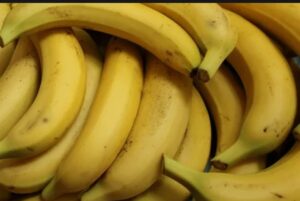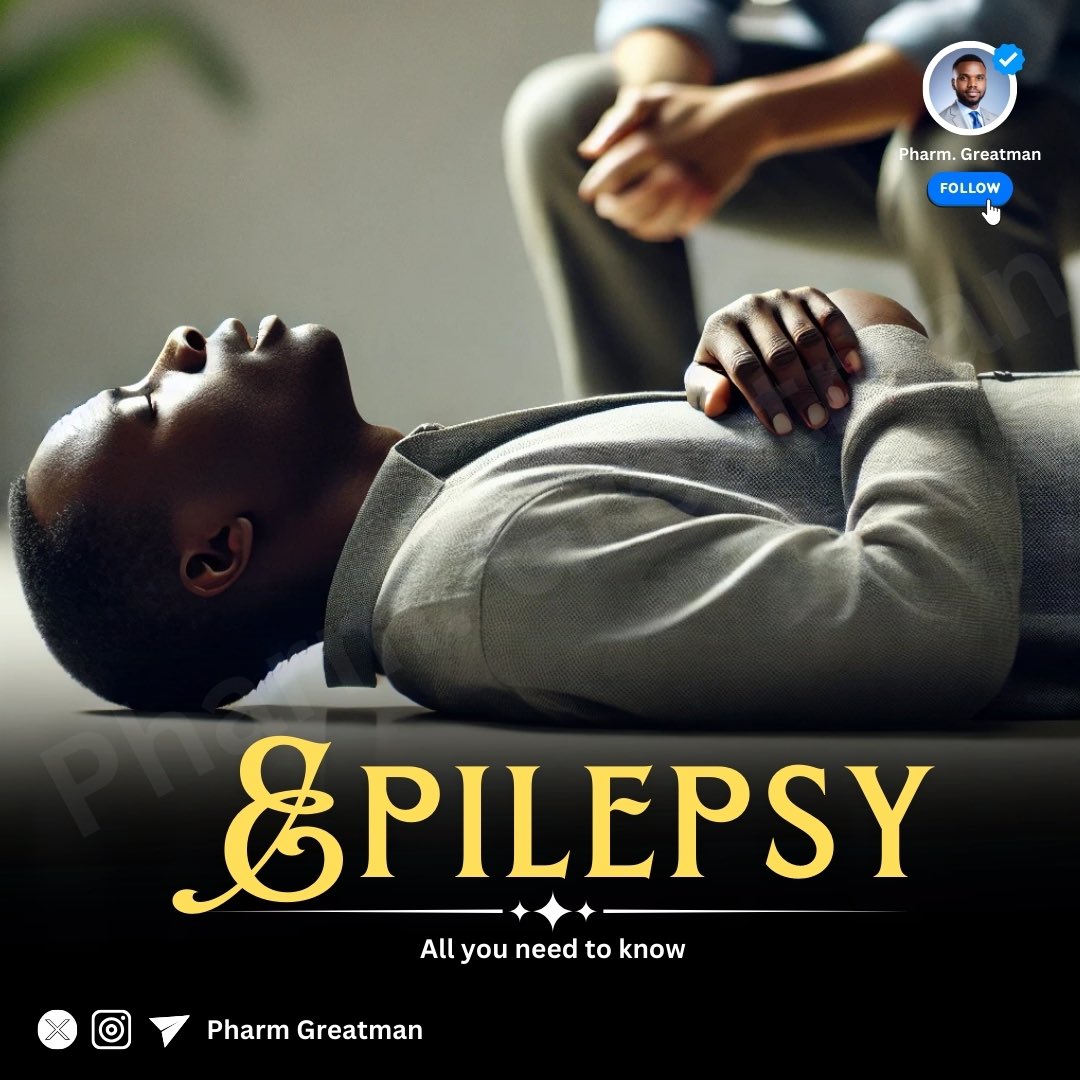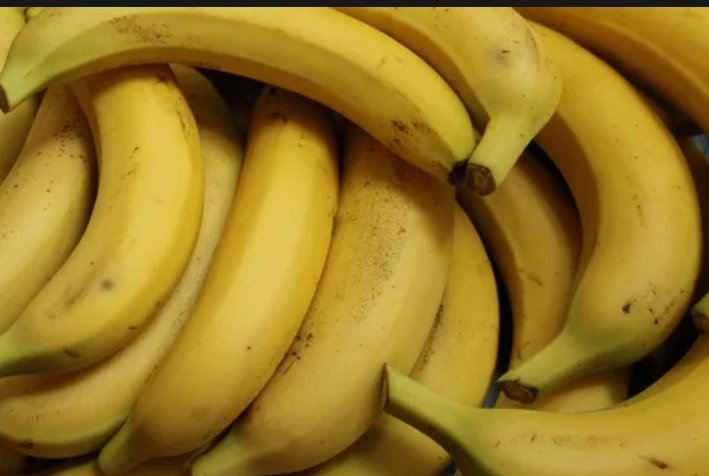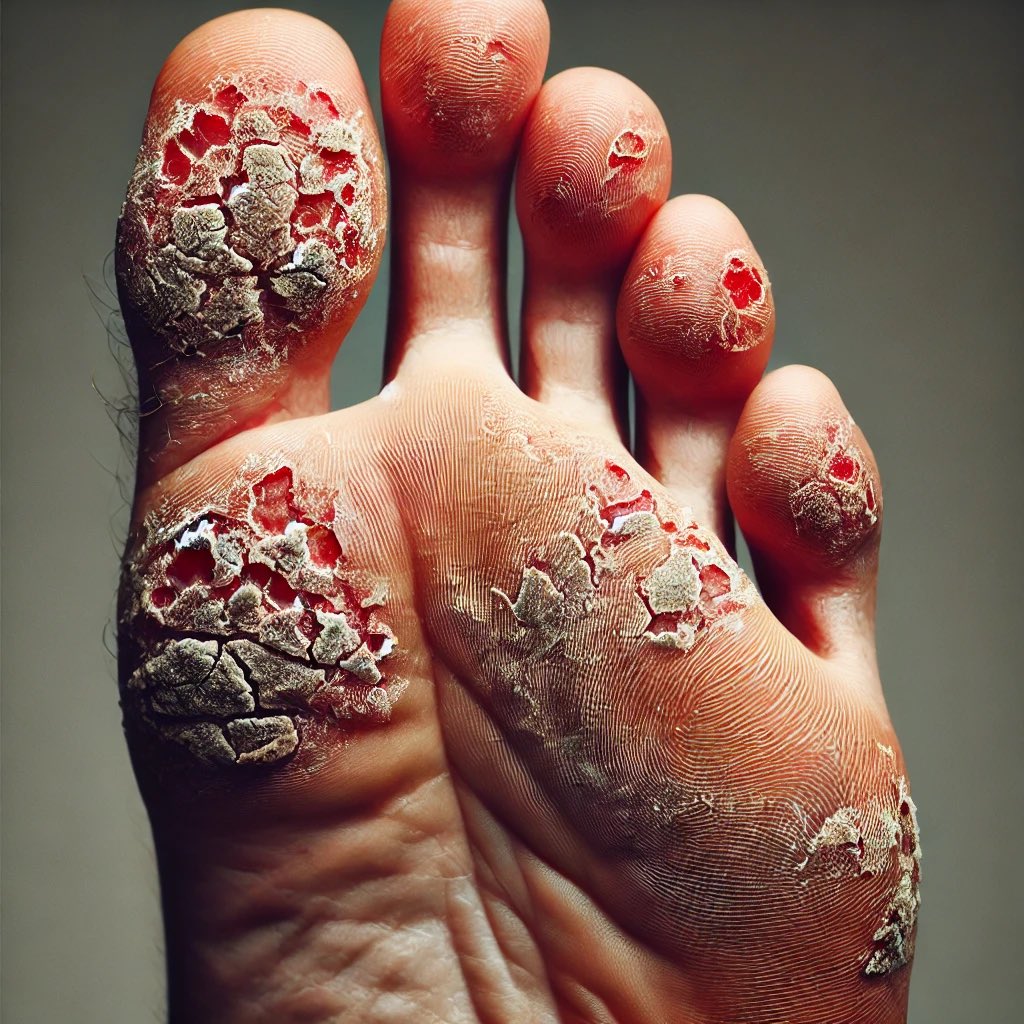Have you ever woken up to find a tiny, painful bump on your eyelid that seems to be causing shooting pains every time you blink? We all commonly call such swellings boils but it actually has a medical name – a stye.
A stye is a common yet pesky eye issue that can turn the simplest task of opening your eyes into an uncomfortable experience. Whether it’s a slight twinge of pain or a full-blown swollen eyelid, a stye is an unwelcome visitor that we all hope to avoid.

But what exactly causes these painful bumps, and how can you manage them effectively? Let’s dive into the world of styes and uncover the answers.
Before I go further I’d like to mention that apart from a stye, there’s something called chalazion which can also cause eyelid swelling. They are both common eyelid conditions that can be annoying, but they differ in their causes, symptoms, and treatments.
A stye is an acute, painful bump that usually appears on the edge of your eyelid, much like a pimple. It occurs when the oil glands (known as Meibomian glands) or the hair follicles of your eyelashes become infected, typically by bacteria like Staphylococcus aureus.
Styes can cause swelling, redness, and tenderness in the affected area. They can also cause your eye to water or become more sensitive to light.
Key Features of a Stye:
– Location: Usually forms on the outer part of the eyelid, though internal styes can form on the inside of the eyelid.
– Appearance: A reddish, swollen lump that may have a yellow spot in the center, resembling a pimple.
– Pain: Can be quite painful, especially when you blink.
– Duration: Typically, styes go away on their own within a week, especially if treated with warm compresses to encourage drainage.
A chalazion, on the other hand, is more of a chronic, painless lump on the eyelid. It occurs when the Meibomian gland becomes blocked, leading to a buildup of oil in the gland. Unlike a stye, a chalazion is not caused by an infection but by inflammation. Over time, the blocked gland can form a firm, rubbery lump under the skin of the eyelid.
Key Features of a Chalazion:
– Location: Typically forms further back on the eyelid, away from the edge.
– Appearance: A larger, more solid lump than a stye, usually not red or painful.
– Pain: Generally painless, though it can cause discomfort if it grows large enough to press on the eye or distort vision.
– Duration: Chalazia may resolve on their own over weeks to months but sometimes require medical treatment, such as corticosteroid injections or even surgical drainage if they persist or cause significant issues.
Both conditions benefit from warm compresses, which can help reduce inflammation and encourage natural drainage. However, if a stye or chalazion persists, worsens, or affects your vision, it’s important to consult a healthcare professional.
To prevent both styes and chalazia, maintaining good eyelid hygiene is essential—clean your eyelids regularly with a gentle cleanser, and avoid touching or rubbing your eyes with unwashed hands.
Understanding the differences between a stye and a chalazion can help you manage these conditions more effectively, ensuring that you get the right treatment and relief.
Did you learn anything? Follow me @Ogalablog.com and check my highlights for more health contents.










